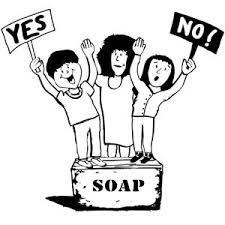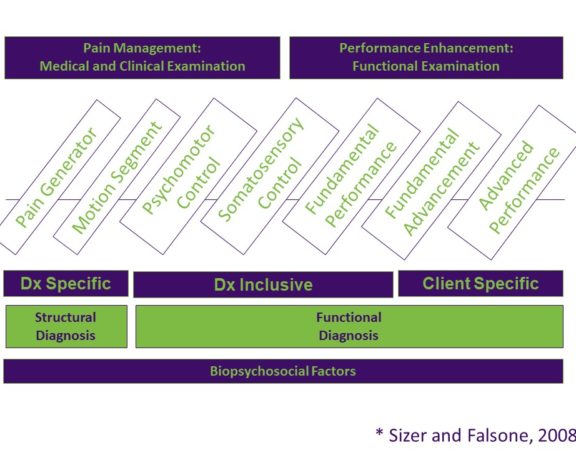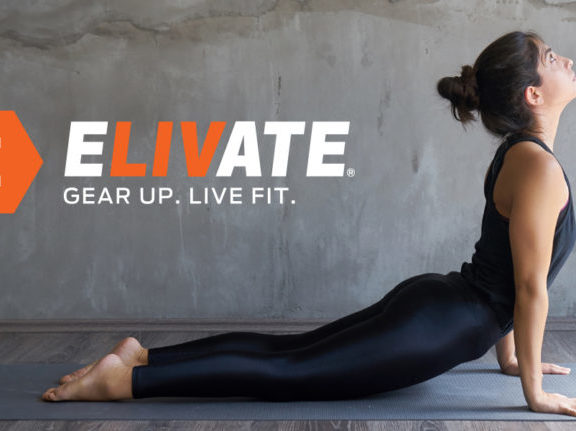Thanks to Frank Dolan for this week’s blog topic: Controversial Topics! (Hope you are great, Frank! It has been too long!) Ahhhh…nothing like an Italian- Sicilian drinking wine at an airport bar writing about controversial things! Let’s get after it!
PicMonkeyControversy
Controversial topic #1: Icing
It’s a tried and true treatment, right? I pull a hammy…ice it. I sprain an ankle…ice it. Any type of injury occurs and I need an immediate treatment…ice it. But is ice really the way we should be going? I learned long ago in grad school, from the one and only Bill Prentice, how to manage the acute ankle sprain. We didn’t ice it…we compressed it. We did an open basket weave tape job and wrapped it with an ace wrap or elastikon on top of that with the following instructions to the athlete: “ You are not going to have a good night sleep. This thing is going to throb and feel awful. Under no circumstances, unless you see your toes turning purple or are experiencing numbness in your foot (and then you are to call me), are you to take this tape off. It’s gonna be a rough night, so settle in. See you in the morning”. The inevitable response was “what about icing?”. Our response was “if you put ice on and can feel it through the tape, great. If not, I am not worried about you icing.” EVERY TIME…and I mean EVERY time, the athlete got better very quickly. Swelling was minimal, movement was initiated very soon in the rehab process and they returned to the field rather quickly.
I didn’t know why we did this. I was a young grad student learning so many things and was in absorption mode, not question mode. All I knew was it worked and the women’s basketball players I worked with never missed much time, which pleased Coach Hatchell and CB Lehn (head AT for the team) thus making me a happy GA.
Now, I am learning why.
I encourage you to read http://stoneathleticmedicine.com/2014/04/rice-the-end-of-an-ice-age/ Dr. Mirkin coined the term RICE in 1978. Now, he believes this
“Coaches have used my “RICE” guideline for decades, but now it appears that both Ice and complete Rest may delay healing, instead of helping.” – Gabe Mirkin, MD, March 2014
He advocates cooling the area for pain relief for short periods of time, so ice is not being thrown completely out the door. Read the above blog. Josh Stone does a great job of summarizing the research and recent comments from Dr. Mirkin. There is no need for me to rehash it here, so click the link and read the post. It will make you reconsider your current immediate treatment intervention, if nothing else.
Controversial topic #2: Dry Needling
Ok you guys knew this was a shoe in. Let’s say it again….Dry needling is NOT acupuncture! I had the most amazing experience recently covering the US Surf Open in Huntington Beach and was able to spend some time with an awesome OMD named Pedram Shojai (www.well.org). We had some down time during the competition and were able to talk shop. We used our buddy with back pain as an example. We discussed where we would needle, our concerns, our thought process, etc. The two treatment plans were 100% different. He was talking about some amazing things that I thought were so cool but had no knowledge in. He was impressed at the anatomical nature of treatment and simply asked me to consider other things, and I of him. We had two totally different approaches, both of which could be effective. So, in the words of Edo Zylstra (which I have borrowed, have used and will use over and over again): Everyone who uses a calculator is not an accountant. Just like everyone who uses a fine filament needle is not an acupuncturist. Acupuncturists: I encourage you to spend time with dry needlers. Dry needlers: I encourage you to spend time with acupuncturists. I think both sides will quickly see the complimentary nature of our practices, placing the PATIENT at the center of our treatments and actions.
Controversial topic # 3: Self Myofascial Techniques
If I learned one thing over the last couple of years, it is that I can foam roll the crap out of someone! Why would I do that? Why would I try to alter the structure of tissue every day without giving it time to remodel? I don’t that with my manual work, I don’t do that with strength training, why I do I do that with foam rolling? There are multiple studies that show the positive effects of foam rolling on arterial function (Okamoto, 2014), increase in range of motion (MacDonald, 2013), and attenuating muscle soreness (MacDonald, 2014). I did a pretty thorough lit search for negative effects of foam rolling and quite frankly did not find any. If you guys know of a study, please post. I would love to see the other side of this story. Intuitively, I think I need to back off on the frequency and/or intensity of my prescription of foam rolling, but the jury is still out. Would love to hear all of your thoughts.
Controversial topic #4: Use of Ultrasound as a Diagnostic Tool
MRI’s and CT scans are the gold standard for many suspected diagnosis. But let’s consider some less expensive, more portable, more functional type of diagnostic testing. For example, sonography. Chang (2009) does a very nice job of discussing the use of sonography vs MRI. Sonography has become a more utilized and accepted diagnostic tool in the United States over the years. We need more comparison studies to MRI for accuracy in diagnosis as well as moving assessments of tissues. De Jesus et al (American Journal of Roentgenology. 2009;192: 1701-1707) did a great meta-analysis of MRI, MRI arthrography, and Diagnostic US to detect rotator cuff tears. MRI and US were comparable in this analysis in detection of rotator cuff tears. More comparison studies need to be done on different areas of the body, but the thought of having a more portable, less expensive, less claustrophobic, just as reliable diagnostic seems pretty appealing in this day and age of our country’s health care system.
There are so many more topics to be discussed and debated. What other “controversial topics” do you guys want to discuss? Feel free to comment on Facebook or Twitter for what I am sure will be some great discussion.







5 Comments
Love the blog, Sue! I wish I had seen you speak at the Perform Better Long Beach Summit in 2011, I believe you were there!
I’m a female gym owner and operator in Portland, OR and I am so inspired by what you’ve accomplished.
There indeed are numerous controversial topics one can discuss! I like your selection though, very unconventional!
I know this thread is a few years old, but I ended up on your website because I just finished listening to the episode of The Strength Coach podcast where you were a guest speaker. I have some thoughts regarding the foam rolling conversation. As far as I know, most of the literature suggests that foam rolling helps to temporarily change the tissue, but does not provide the same amount of lost-lasting tissue change. I see this supporting the idea that foam rolling is a good addition/precursor to a warm up, as it will help the tissue in preparation for a training session or competition. Therefore, if I have a client training or performing everyday, I would have them foam roller everyday as part of their warm up. I’d love to hear your thoughts on this. Thanks!
Hi David! Yes, an old but relevant thread no doubt. Probably needs an update to it! I would agree on what you have above. A few great articles / systematic reviews (Schroeder et al. 2015, Cheatham et al. 2015 and Beardsley et al. 2015) that show short-term increases in ROM without affecting muscle performance, reduced DOMS if used 20-30 min after intense exercise and does not enhance or negatively impact performance (this is from the Cheatham article I believe). so really, rolling can be used pre-or post with pretty good reasoning! Hope that helps! Thanks for engaging!
Sue
Hi Sue,
Love the post and I don’t think we are any closer to the answers. I have read ICED by Gary Reinl and this was the first time I had really questioned RICE. Throughout my MSc in Sports Rehab in the UK (2016 finished), RICE was still suggested as a good method of treatment. It certainly has its place, but not what we once thought.
SMR is an interesting one. Currently working with youth athletes we start of a session with a foam roller. In terms of the physical changes to tissue, I don’t feel it has a huge effect unless working for 5-7 minutes on one body part. However, from a psychological reason, it gets athletes to understand the importance of self-maintenance and some of the “tightness” they may have. Having said this, should SMR be a stand-alone session or should the 5-7 minutes used at the beginning of the sessions be dedicated to dynamic flexibility.
One topic which might be nice to discuss is cool down post-exercise/training. There are arguments for a variety of methods (including ice and cryotherapy) that seem to have a small amount of research on.
Look forward to an update.